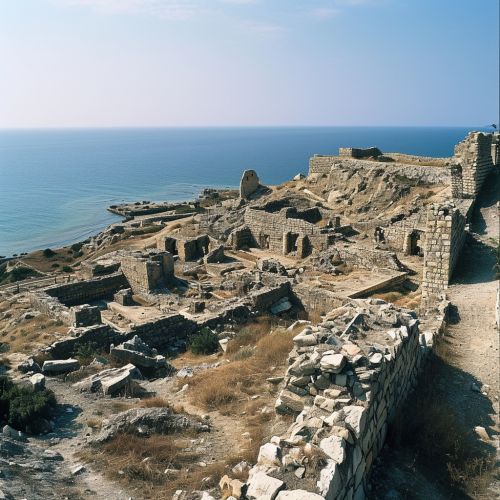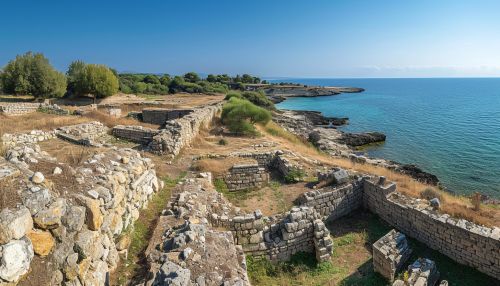Siege of Smerwick
Background
The Siege of Smerwick took place on the Dingle Peninsula in the Kingdom of Ireland during the Second Desmond Rebellion. The 600-strong Italian and Spanish force was besieged by the English crown forces, led by Admiral Sir William Winter and Sir Walter Raleigh. The siege ended in a massacre of the foreign troops after they had surrendered unconditionally.
Prelude to the Siege
In 1580, during the Second Desmond Rebellion, a force of Italian and Spanish soldiers landed at Smerwick Harbour on the Dingle Peninsula in southwestern Ireland. They were sent by Pope Gregory XIII to aid the rebellion against English rule in Ireland. The force was led by an Italian captain, Sebastiano di San Giuseppe, with Colonel Francisco de Bobadilla, a veteran of the Spanish wars in the Netherlands, as second in command.
Siege
The English forces, led by Admiral Sir William Winter and Sir Walter Raleigh, besieged the foreign troops at Dún an Óir, the 'Fort of Gold'. The English had artillery and were assisted by a naval force. The foreign troops were armed mainly with pikes and were trapped in the fort with little provisions.
After a three-day siege, the defenders surrendered on 10 November 1580. Raleigh had written to the English Council that the enemy were 'beaten out of the fort and trenches' and that he had 100 men occupying the fort.
Massacre
After the surrender, the English forces massacred the Italian and Spanish troops, sparing only the commanders. According to Raleigh, he had 'the heads of all those (as well over 600) who were executed in the fort drawn out, and the bodies of the rest (over 200) left unburied in the place where they were slain'.
Aftermath
The massacre at Smerwick is significant as it marked a change in English policy towards Ireland. The English Crown had previously been inclined to negotiate with its Irish subjects and seek a political solution to the Irish problem. However, the massacre marked a shift towards a policy of repression and military force.


Legacy
The Siege of Smerwick remains a controversial event in Irish history. The massacre was used as a propaganda tool by the Irish nationalists in the 19th and 20th centuries to highlight English atrocities in Ireland. The event is also significant in the military history of the British Isles, as it marked a shift in English military policy towards Ireland.
